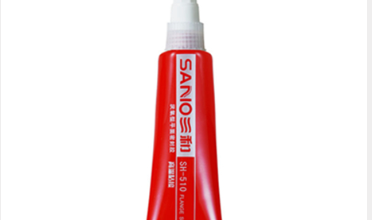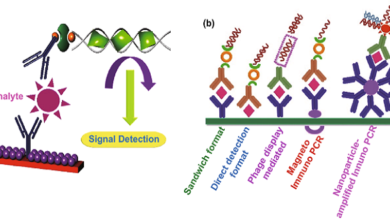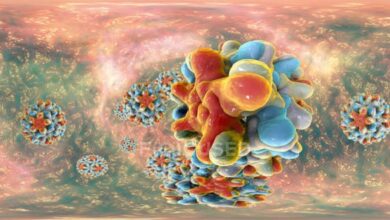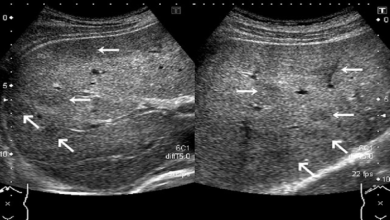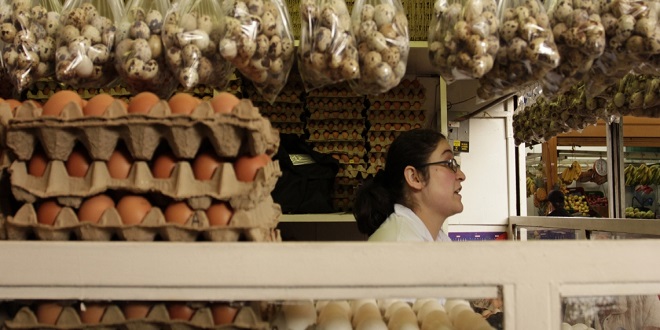
The science of nutrition is confusing. But it shouldn’t be. There’s nothing more natural, or fundamental, in our lives. The miracle we humans have always known is this: Food exists specifically to energize, heal, repair, and uplift us. Every bite you take is a powerful opportunity to create health or promote disease. When I say it’s miraculous, I’m talking about real food, the kind that comes from the earth and fuels and sustains us, not the industrialized, hyper-processed, hyper-palatable junk that degrades us and makes us sick. Which kind will you allow into your body? The choice is yours to make.
We all know food can harm—that drinking soda and eating junk food is bad for us. But how many of us believe food can heal? How many of us believe that food can cure depression, diabetes, arthritis, autoimmune disease, headaches, fatigue, and insomnia? That it can prevent and reverse dementia and heart disease or a hundred other common diseases and symptoms?
This is the biggest scientific discovery since the germ theory of disease in the mid-1800s and the development of antibiotics in the 1920s: Food is medicine. Food is the most powerful drug on the planet. It can improve the expression of thousands of genes, balance dozens of hormones, optimize tens of thousands of protein networks, reduce inflammation, and optimize your microbiome (gut flora) with every single bite. It can cure most chronic diseases; it works faster, better, and cheaper than any drug ever discovered; and the only side effects are good ones—prevention, reversal, and even treatment of disease, not to mention vibrant optimal health.
So, what exactly are we eating?
Most Americans don’t eat food anymore. They eat factory[1]made, industrially produced food-like substances, or Frankenfoods, that contain trans fats, high-fructose corn syrup, monosodium glutamate (MSG), artificial sweeteners and colors, additives, preservatives, pesticides, antibiotics, new-to-nature proteins, and heightened allergens caused by genetic breeding and engineering. We call these anti[1]nutrients. If someone were to hand you a plain box of food with only a nutrition label and ingredients list on the outside, you would have a hard time guessing what it is—you couldn’t tell if it was a Pop-Tart or a Pizza Stuffer. This should make us all stop and think.
The food industry has invited itself into our homes and encouraged us to “outsource” our food and cooking. They got us out of the kitchen altogether. We have raised at least two generations of children who don’t know how to cook a meal from scratch using real ingredients and who spend more time watching cooking on television than actually cooking. Today’s industrial food-like substances have hijacked our taste buds and brain chemistry. Sugar is highly biologically addictive. And not by accident. Food giants have taste institutes, where they hire “craving experts” to identify the “bliss points” of foods to create “heavy users.”
Cooking our way out of obesity and disease
I have been writing about, lecturing on, and using food as medicine for a long time, and I’ve seen the health benefits in thousands of my patients. But it wasn’t until I participated in the movie Fed Up that I took a step back and realized just how bad the epidemic of industrialized food has gotten in our country. The film exposes how the sugar industry drives our obesity epidemic, and I was asked to go to South Carolina to talk to low-income family about their health. I looked at this family’s health crisis, tried to understand the root causes, and worked to help them pull out of their scary downward spiral.
And so it was with this family. The mother, father, and sixteen-year-old son were all morbidly obese. The teenager had 47 percent overall body fat, and his belly was 58 percent fat. To provide some perspective, the normal range for total body fat for a man is 10 to 20 percent. He said he was worried he would soon be 100 percent body fat.
Last word
His insulin levels were sky-high, which drove a relentless cycle of sugar cravings and food addiction, leading to the storage of more and more belly fat. Obese at sixteen, he had a life expectancy thirteen years shorter than those of kids with healthy body fat, and he was twice as likely to die by the age of fifty-five as were his healthier friends. His father, at age forty-two, had a renal failure from complications of obesity. The whole family was at risk.
